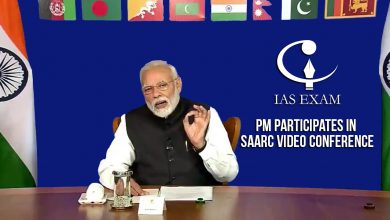Searching for a Solution: The Bodo Accord
While the new accord empowers the Bodos, questions about an enduring peace still remains
The Central Government’s third attempt at conflict resolution with Assam’s Bodos came out of the blue. The State had been more in news for the sustained protests against the Citizenship Amendment Act, one that pre-dates the pan-India ferment after the bill’s passage in the Parliament. The signing of the peace accord on 27th January shifted attention after the Prime Minister had to abort two planned trips to Guwahati for a summit with Japanese Prime Minister Shinzo Abe and the inauguration of Khelo India Games.
The new peace accord offers more hope than the previous ones. As a result, some of the most potent factions of the National Democratic Front of the Bodoland that had stayed away from earlier agreements are now on board. The stakeholders have agreed that the updated political agreements would remain confined to the realm of wider autonomy within the states of Assam, given statehood and Union Territory demands a final burial. The terms of the accord include:
- An expanded area to be named as Bodoland Territorial Region.
- A 1500-crore development package.
- Greater contiguity of Bodo-populated areas.
- General amnesty for militants
- 5 Lakh each for families of those killed during the Bodo Movement.
On a success scale, the agreement falls somewhere between the Naga Framework Agreement of 2015 and the Bru Settlement to permanently settle around 34,000 people displaced from Mizoram in 1997 in Tripura. While it empowers the Bodos, the question of an enduring peace remains mute.
The current proposals will be seriously tested when the expanded Bodoland Territorial Council goes to the polls soon. It has been dominated by the Bodoland People’s Front since its inception in 2003. But this time around, the new batches of surrendered militants as well as the All Bodo Students Union intend to enter into the fray.
The Bodos comprise not more than 30% of the population in the BTR Region and the central munificence has deepened the insecurity among Koch Rajbongshis, Adivasis and Muslims. The politics of deferring to such identity-based movements is part of an old playbook of internal security in the Northeast — the Bru solution betrays shades of it, and one can trace it back to the Mizo insurgency and Laldenga becoming the Chief Minister of Mizoram.
The Bodo Peace Accord’s real success wholly lies in the stakeholders working out a power-sharing arrangement in the proposed BTR that privileges equity over hegemony.
SOURCE: The Hindu





.png)



